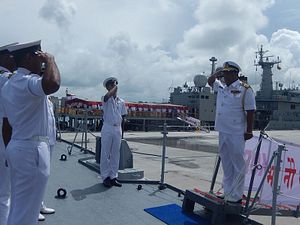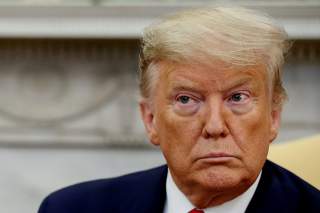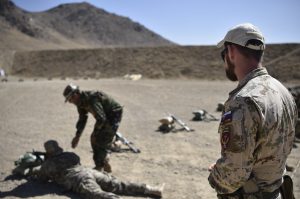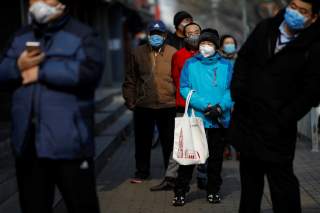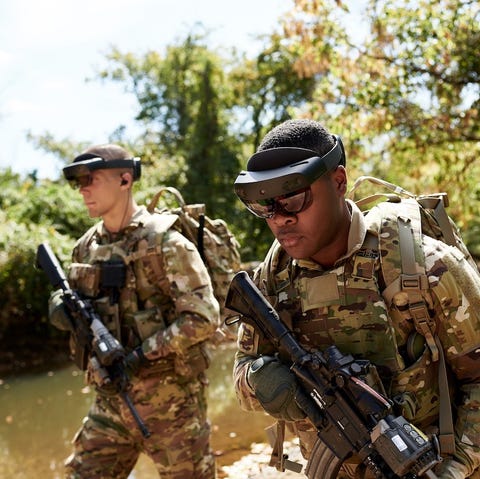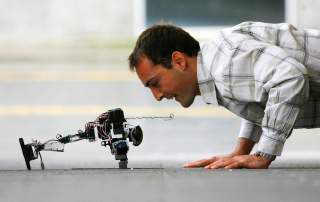VIF Study Group Report
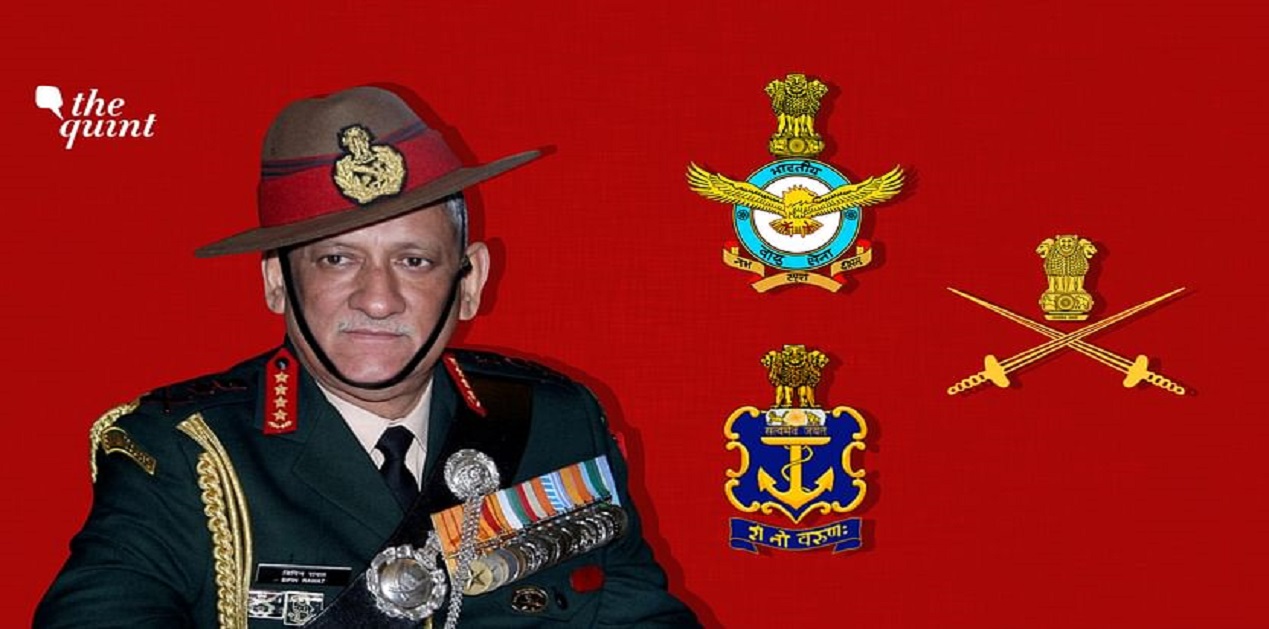 Nearly two decades after submission of the Kargil Review Committee (KRC) report in 1999, the Group of Ministers (GOM) Report in 2001 and recommendations of the Naresh Chandra Task Force in 2012, the Chief of Defence Staff (CDS) for the Indian armed forces has become a reality. Implementation was set into motion following Prime Minister Modi‘s announcement to this effect on August 15, 2019. Thereafter, a high-level committee under the National Security Adviser (NSA) set about evolving a framework and charter of responsibility for the CDS. After nearly four months of extensive deliberations, the Cabinet Committee of Security (CCS), on December 24, 2019 accorded approval for creation of the post of the CDS.
Nearly two decades after submission of the Kargil Review Committee (KRC) report in 1999, the Group of Ministers (GOM) Report in 2001 and recommendations of the Naresh Chandra Task Force in 2012, the Chief of Defence Staff (CDS) for the Indian armed forces has become a reality. Implementation was set into motion following Prime Minister Modi‘s announcement to this effect on August 15, 2019. Thereafter, a high-level committee under the National Security Adviser (NSA) set about evolving a framework and charter of responsibility for the CDS. After nearly four months of extensive deliberations, the Cabinet Committee of Security (CCS), on December 24, 2019 accorded approval for creation of the post of the CDS.
A surprise but welcome `supplement’ to this was the creation of the Department of Military Affairs (DMA) as the fifth vertical in the Ministry of Defence (MoD), (others being the Department of Defence (DOD), Department of Defence Production (DDP), Department of Defence Research and Development (DRDO) and Department of Ex-Servicemen Welfare (DESW). Finally, following a formal notification regarding revision of retirement age of CDS to 65 years, the outgoing Army chief General Bipin Rawat who was to superannuate on December 31, 2019 was designated as the first CDS. The year 2020, thus dawned with the long-awaited CDS for the Indian armed forces finally becoming a reality.
